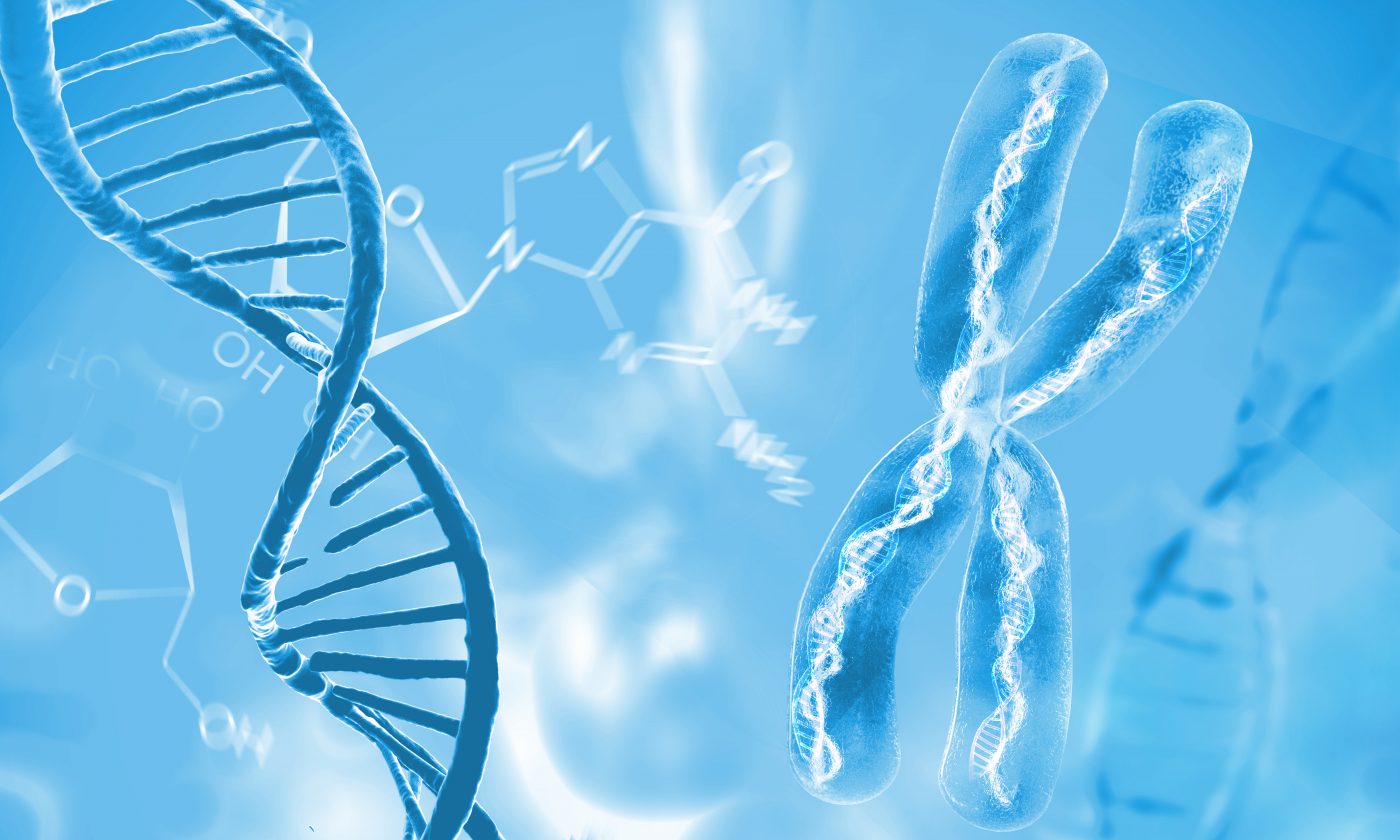Study Differentiates Gene Activity Between Scleroderma, Lung Cancer
Written by |

Gene activity analysis has revealed similarities and differences between scleroderma and related lung cancer, a study reports.
Similarities were related to enhanced immunity and weakened regulation of a cell’s life cycle, which suggested common mechanisms underlying the increased risk of lung cancer in these patients. In contrast, identified differences in gene activity may be used as novel biomarkers to distinguish lung diseases, investigators said.
The study, “Integrative genomic expression analysis reveals stable differences between lung cancer and systemic sclerosis,” was published in the journal BMC Cancer.
People with scleroderma, or systemic sclerosis (SSc), have a greater risk of lung cancer than the general population.
However, the relationship between immune impairment in scleroderma and lung cancer is unclear and requires further investigation to understand the mechanisms and risks underlying these two diseases.
Recent studies have found specific genetic signatures associated with scleroderma and lung cancer, but these studies had small sample sizes.
Now, the gene expression (activity) profiles from the blood of 61 people with SSc were compared to 70 lung cancer patients, along with 224 healthy individuals. The study was conducted by researchers based at the Second Clinical Medical College of Jinan University in China, to clarify the relationship of immune-related genes between scleroderma and lung cancer.
Gene expression profiles were obtained from the Gene Expression Omnibus database, an international public repository that collects and freely distributes gene expression data.
The team looked for genes with higher (upregulated) or lower (downregulated) expression — known as differentially expressed genes (DEGs) — between scleroderma, lung cancer, and control samples.
Overall, from 14,191 human genes, 299 DEGs were identified from people with scleroderma, including 228 upregulated genes and 71 down-regulated genes. From lung cancer samples, 1,644 DEGs were found, including 991 upregulated genes and 653 downregulated genes.
“The results showed that DEGs in lung cancer were about five times as those DEGs in systemic sclerosis,” the team wrote.
A detailed search found 64 overlapping DEGs, accounting for 22.07% of the total DEGs in SSc samples and 4.02% of those in lung cancer. This “indicated that there is a small proportion of overlapping DEGs between the two diseases,” the team added.
Among the overlapping DEGs, 36 were simultaneously upregulated while 10 were co-downregulated. The scientists saw opposite expression profiles in 18 DEGs which were mostly upregulated in SSc but downregulated in lung cancer.
Most of the 36 co-upregulated DEGs were related to innate immune response regulation — the first line of defense against invading microbes — and were mainly associated with immune signaling proteins called cytokines.
Further analysis confirmed co-upregulated DEGs are mainly enriched in cytokine-mediated signaling pathways, regulation of innate immune responses, and response to viruses.
“These results indicate that cytokine-mediated signaling pathway and regulation of innate immune response were the key biological processes in both systemic sclerosis and lung cancer compared with healthy controls,” the researchers wrote.
The 10 co-downregulated DEGs were associated with cytokine signaling, response to growth factors, and activation of white blood cells (lymphocytes). The downregulation of cytokine signaling “indicates that the communication between lymphocytes may be weakened, which may [influence the] function of lymphocytes,” the researchers added.
The downregulation of these genes may also affect maturation, growth (proliferation), and activation of immune cells.
Analysis of DEGs with opposite expression trends helped identify gene activity differences between SSc and lung cancer. The DEGs with the greatest differences were GIMAP7, CX3CR1, MYLIP, and ASF1A. Among these, CX3CR1 was the most upregulated, and MYLIP was the most downregulated in SSc, whereas GIMAP7 was found to be the most downregulated gene in lung cancer.
“Downregulation of GIMAP gene may regulate immune cell viability or development affecting cancer progression,” the investigators wrote. “However, high expression of GIMAP7 in systemic sclerosis has not been reported, which needs further exploration.”
Further examination found signaling pathways of DEGs were primarily enriched in the regulation of mitophagy — the selective degradation of mitochondria (which generates energy for cells) — regulation of protein targeting to the mitochondria, binding to chromatin (a complex of DNA and proteins that forms chromosomes), and metabolism of fatty acids and proteins that contain phosphate groups.
The MYLIP gene, known to be involved in fat metabolism, was co-upregulated with the ACADM, NOC3L, and AASDH genes, also involved in fatty acid metabolism. “This implies that fatty acid metabolism may be associated with the disease process,” the scientists wrote.
The team then compared blood fat profiles from 32 patients with SSc, with healthy controls individually matched according to sex and age. In SSc participants, the team found an average increase in triglycerides of 64.4% and a predominant decrease (17.0% to 26.7%) in total cholesterol, HDL-C (“good cholesterol”), and LDL-C (“bad cholesterol) compared to controls.
“Our study detected the association and differences in immune-related genes between systemic sclerosis and lung cancer using multiple [groups] based on different populations, which will help us understand the relationship of autoimmune diseases [which include scleroderma] and cancers,” the investigators concluded.
“The DEG overlap between systemic sclerosis and lung cancer may partly explain the clinical lung … association, and the counter-regulated DEGs may provide potential molecular diagnostic markers and biological clues for the two diseases.”
“However, further studies are needed to reveal how the identified gene signatures relate to the [processes] of both diseases,” they added.





